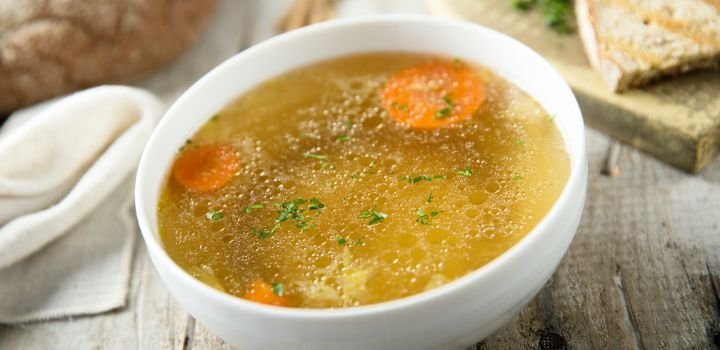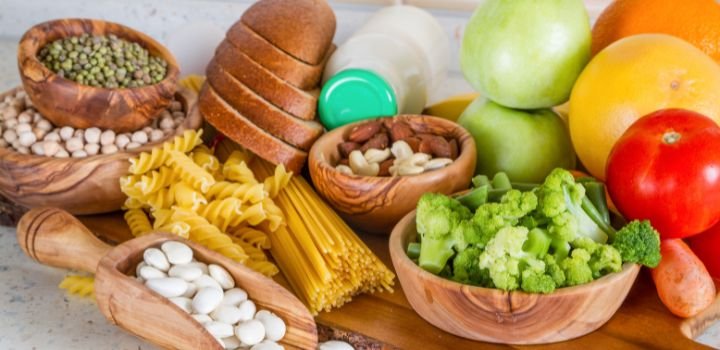It’s a fact that the structure of yeast cell wall (YCW) determines its function, and the polysaccharide components are responsible for how well its dietary supplementation will help in the absorption of mycotoxins and pathogenic bacteria, inhibition of these bacteria, and the overall enhancement of the animal’s innate immunity.
The efficacy of YCW is significantly reduced in discarded yeast derived from beer and alcohol processes for its impurities, so it is necessary to be wary about the production process for it to function better. This includes ensuring the stability of the cell wall structure and exposing its functional sites.
Culture Process Is the Condition To Ensure the Stability of Yeast Cell Wall Structure
Feeding yeast with molasses as the substrate for its growth is also known as pure cultured yeast. Good culture conditions can make the estructura de la pared celular de levadura more complete, and the content of mannan and beta glucan in the YCW is higher.
This requires continuous adjustment of the culture parameters to select the most suitable glycogen, pH value, oxygen content, temperature, and time during the yeast growth process.
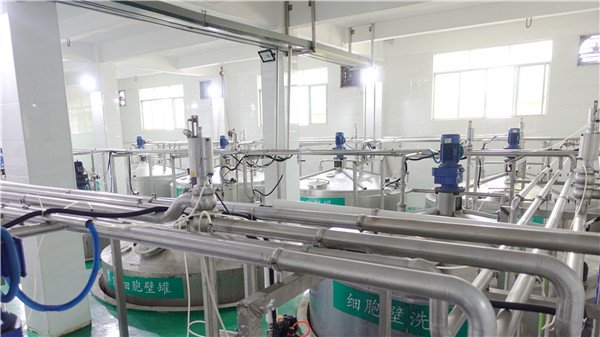
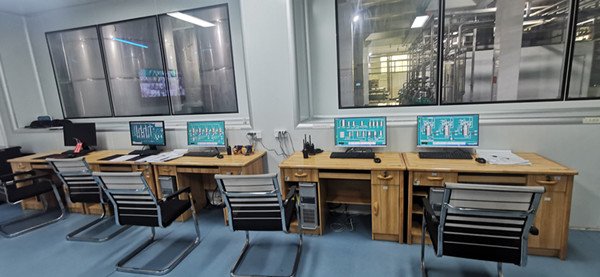
Hola levadura adopts fully intelligent and digital production equipment, hundreds of crucial control points throughout the process, and strictly control the yeast pure culture process. And through the testing center certified by CNAS, the influence of pure culture conditions on the growth of yeast has been repeatedly verified to ensure the stability of the functional structure of the yeast cell wall.


Manufacture of YCWs – The Importance of Autolysis and Enzymatic Hydrolysis
After yeast autolysis, although the yeast cell wall can be extracted, the cell wall can only play a part in adsorbing mycotoxins but not with the function of adsorbing pathogenic bacteria and activating immunity.
At this time, an enzymatic hydrolysis process is required to separate the mannan oligosaccharides further, glucans, and proteins in the yeast cell wall and expose their functional, structural sites. Only in this way can it be used by the animal body.
Hola levadura has upgraded ordinary enzymatic hydrolysis through years of practice to directional enzymatic hydrolysis. The significance of directional enzymatic hydrolysis is that based on not destroying the functional structure of cell wall polysaccharides; various polysaccharides can be separated and play their respective roles.

Soluble YCW Product Is the Result of Enzymatic Hydrolysis
El hydrolyzate yeast cell wall is the generation 2 product compared to the common yeast cell wall. The hydrolyzed yeast cell wall goes through hydrolyzation, and the Mannan and protein part of the yeast cell wall are released to soluble to water. Compared to the common yeast cell wall, it has a much more extensive contact area between Mannan and mycotoxin.
Please see the data of hydrolysate cell wall performance in virto:
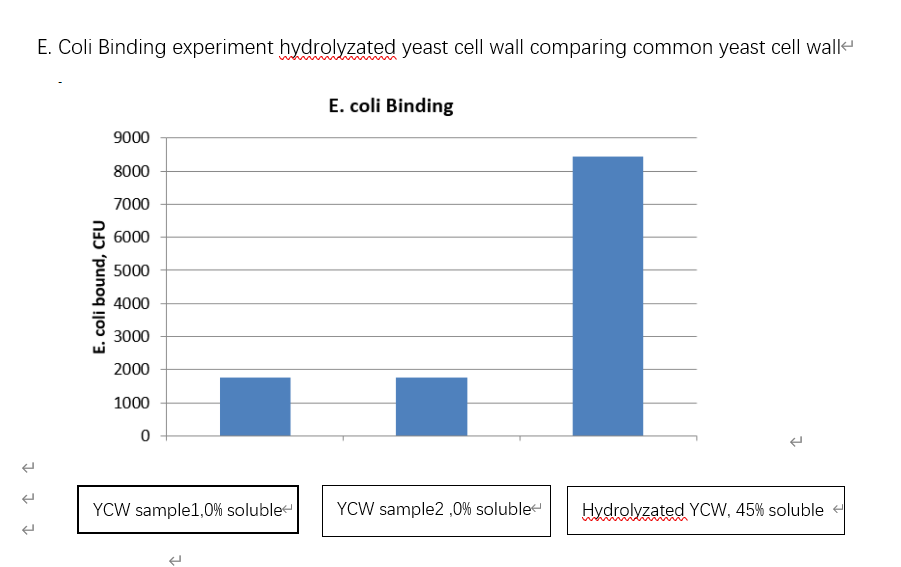

And in the same time, the beta glucano de levadura is also released to a free state; the free state means the yeast beta glucan in the yeast cell is no longer combining with the protein, but it is still not soluble.
the immune factional is great better than the yeast cell wall. Because in the common yeast cell wall, the protein will block the combination of yeast beta glucan and receptor in the animal gut, that is how the yeast beta glucan becomes functional.
To learn more about Hiyeast Hydrolyzed Yeast Cell Wall, visit our sitio web, or browse our product page.
Post-treatment Process Helps Remove Excess Protein and Impurities
The high protein content of yeast cell wall products will lead to a lower content of mannose oligosaccharides and beta-glucans, making the use of yeast cell walls irrelevant. In addition, the protein content of yeast cell wall products produced by discarded brewer’s yeast mud is relatively high.
The yeast cells undergo wall-breaking enzymolysis, and most of the proteins and nucleic acids in the cells are enzymatically hydrolyzed into soluble small-molecule proteins and nucleic acids. A centrifuge separates the yeast cell wall from the soluble proteins and nucleic acids. After the protein and nucleic acid are separated, the crude protein content in the obtained cell wall product is significantly reduced.
Through a large number of process and sample testing results, we have concluded that the relationship between crude protein content in yeast cell wall products and the degree of yeast wall breaking is as follows:
- When the yeast cell wall without wall breaking, its crude protein content is greater than or equal to 40%, which is similar to yeast powder;
- When the cell wall is not completely broken, the crude protein content is between 30% and 40%; the functional components are not fully exposed;
- When the cell wall is completely broken, the crude protein content is less than or equal to 30%, and the functional components are fully exposed.
Drying Process Affects the Activity and Dispersibility of Cell Wall Polysaccharides
Depending on the drying process, the polysaccharide components of the cell wall can be broken down or lost. It is vital to use this process cautiously for YCW to function optimally.

It’s best to use spray-drying or roll-drying processes because these are gentler ways to remove water from yeast cell walls. It is essential to maintain the structure of polysaccharides so the drying process does not damage them. This ensures proper absorption of mycotoxins and pathogenic bacteria in the intestinal tract.
Improper manufacturing methods for YCW can cause it to have a reduced efficacy level when adsorbing mycotoxins and pathogenic bacteria. It is best to use spray-drying or roll-drying processes, so the polysaccharides are less affected by water removal and function more effectively.
Conclusión
Factors that affect the efficacy of yeast cell walls also include the source of raw materials, strains, and the amount added. Amount these factors; the manufacturing processes play a vital role in determining the efficacy of YCW. At the same time, product upgrades and iterations are closely related to the production process.




